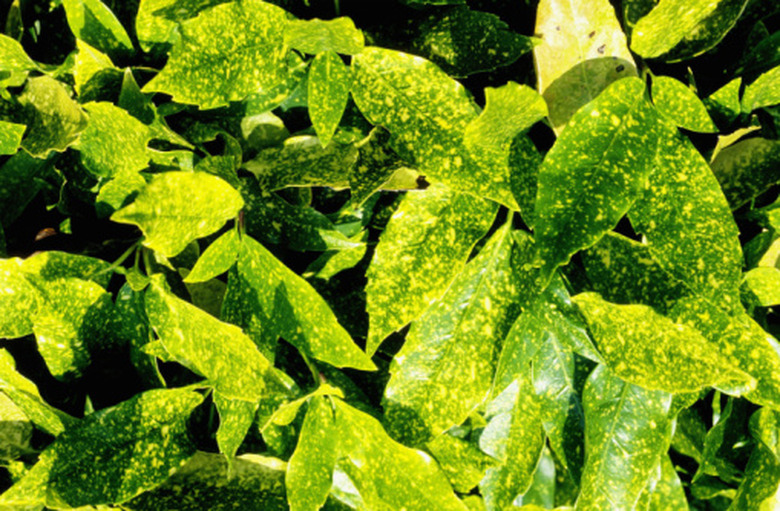Too Much Magnesium For Plants
Plants need a balance of nutrients in the soil to thrive. Important nutrients include magnesium, potassium and calcium. Some soils readily contain these nutrients, those soils that do not can acquire them through the addition of fertilizers. These fertilizers help ensure the proper addition of nutrients in the soil and help maintain soil acidity, all necessary for healthy plants. Each nutrient plays an important role for plant growth, and either an excess or deficiency of any one nutrient can make the difference in plant production.
Role of Magnesium in Plants
As one of the essential nutrients for proper plant development, magnesium's role is important in that it creates and helps maintain chlorophyll production. In addition, although not part of the enzymes in the soil, magnesium plays a role in the production of enzymes essential to maintain soil nutrient balance.
Importance of Chlorophyll
Chlorophyll is the green pigment in the leaves of the plant that absorb light. A plant absorbs light and uses that energy to convert water and carbon dioxide into its food. This is the process of photosynthesis. Without the light process, the plant will wither and die. When a plant has a magnesium deficiency, the leaves turn yellow and sometimes curl up at the tips.
Magnesium Excess
Fertilizers contain a balance of minerals and nutrients needed for plant production. You can have your soil tested to see where your particular soil may be lacking and adjust the levels accordingly. Epsom salts are a natural way to add magnesium to plant soil without affecting the pH, or acidity, of the soil. While too much magnesium for plants does not directly affect plant production, it can cause deficiencies in the other nutrients in the soil such as calcium and potassium.
Affects of Too Much Magnesium
When too much magnesium contributes to a deficiency in calcium, the result is limited fruit production and poor storage root production. The North Dakota Department of Agriculture states a deficiency in calcium causes blossom end rot in tomato plants and affects the growth of leaves on beat plants negatively. A potassium deficiency affects the leaves of the plants, generally attacking the lower leaves first. You can detect a deficiency by yellowing or striping in the leaves. Gradually, the lack of potassium affects the entire leaf system, disturbing plant production by limiting the movement of water and other nutrients through the plant.
